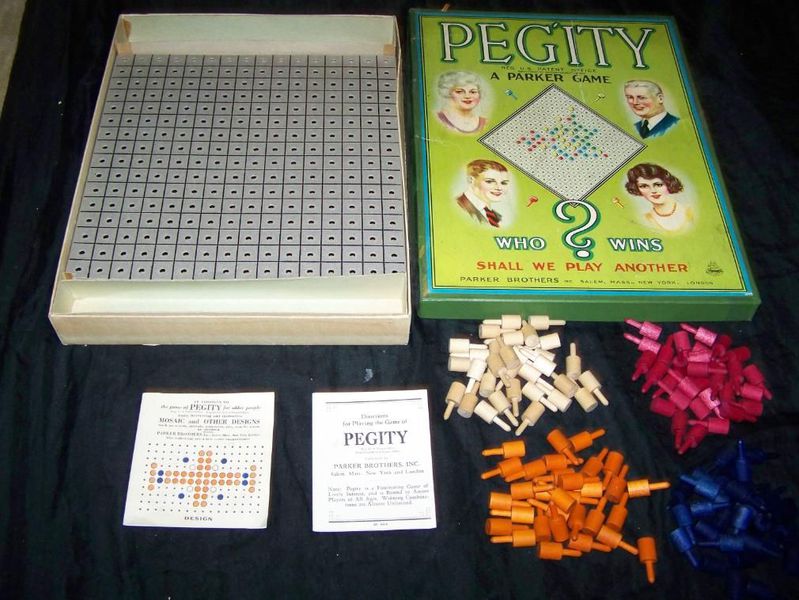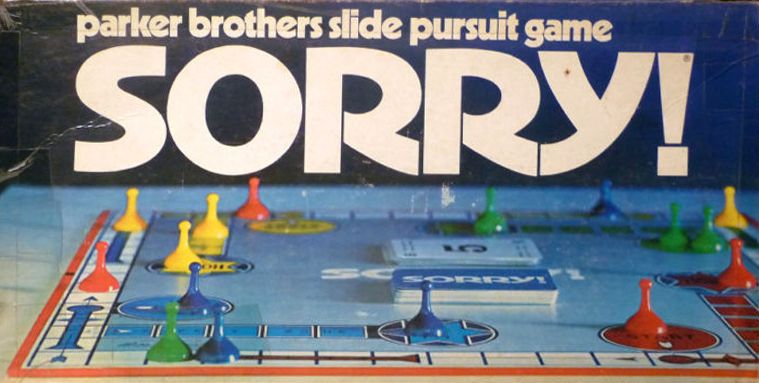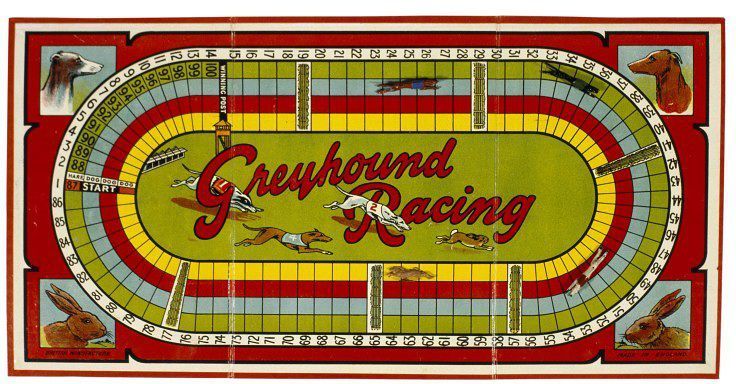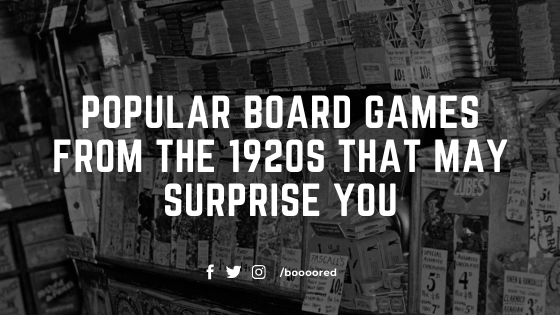The Pop culture during the 1920s was characterized by the flapper, automobiles, nightclubs, movies, and jazz. Life moved fast as a new sense of prosperity and freedom emerged at the end of World War I. Products were manufactured in mass-produced packaging and with this new level of manufacturing Board Games and the 1920s go hand in hand.
With people looking to reconnect with there families after the horrors of world war 1 and the technology developing in plastics to create them cheap its the decade of a resurgence of older games and the creation of new ones however these popular Board Games from the 1920s may surprise you.
These are the board games to predate your copies of Monopoly (1933), Scrabble (1948) and Pictionary (1985) and pave the way for modern board games.
Let’s take a trip down memory lane and look at a few board games from the 1920s that you may not expect.
If you like this list don’t forget to share it on social media and drop us a comment with your favourite game in the comments section below.
Pegity (1925)

Pegity is a game where players insert wooden pegs into a punch board. or as you might know it as that thing you played with at your grandparent’s house to make abstract images.
The object of this creative is to get five pegs of your color in a row.
There are also little pieces of paper inside with designs on them, such as a house, doll boat, etc… which younger children could make with the game’s contents instead of actually playing the game
This Game is probably best known by most as something to create art on and not actually as a board game with the concept being redeveloped over the years with not many people actually remembering or knowing that it is a board game from the roaring twenties.
Sorry! (1929)

This Classic Board Game that you probably have in our house at the moment is actually from the roaring twenties as you race your game piece from Start around the board to your Home in this Pachisi type game.
By turning over a card from the draw deck and following its instructions, players move their pieces around the game board, switch places with players, and knock opponents’ pieces off the track and back to their Start position.
Slides are located at various places around the game board. When a player’s piece lands at the beginning of one of these slides, not of its own color, it automatically advances to the end, removing any piece on the slide and sending it back to Start.
Game moves are directed exclusively by cards from the play-action deck. If one plays the normal version in which one card is drawn from the deck each turn, the outcome has a huge element of luck.
Sorry, can be made more of a strategic game (and more appealing to adults) by dealing five cards to each player at the start of the game and allowing the player to choose which card he/she will play each turn.
In this version, at the end of each turn, a new card is drawn from the deck to replace the card that was played, so that each player is always working from five cards.
A player’s fortunes can change dramatically in one or two rounds of play through the use of Sorry cards, the “11” cards (which give the player the option of trading places with an opponent’s piece on the track), and the fact that it is possible to move from Start to Home without circumnavigating the full board by making judicious use of the “backward 4” cards.
Sorry is a great example of a game that has remained timeless with its popularity still today.
The Greyhound Racing Game (1926)

The basic premise of the game is that as soon as the hare card is played the first player to play a single greyhound card is the winner. When scoring the winner is awarded points for cards in the losers’ hands i.e 5 points for every single greyhound, 1 for each obstacle card etc. The 52 cards which had to be collected are as follows.
- 15 Whips
- 16 Obstacles
- 10 Greyhounds in singles
- 10 Greyhounds in groups
- 1 Hare
Each turn players must play a card face-up in front of them. This continues until someone plays the Hare card. then the Chase starts and the first player to play a single greyhound card, wins.
The Game is very simplistic and was sponsored by Carreras and The Black Cat Greyhound Racing Game was beautifully illustrated and a great promotional product for the company.


[…] Popular Board Games From The 1920s That May Surprise You … […]